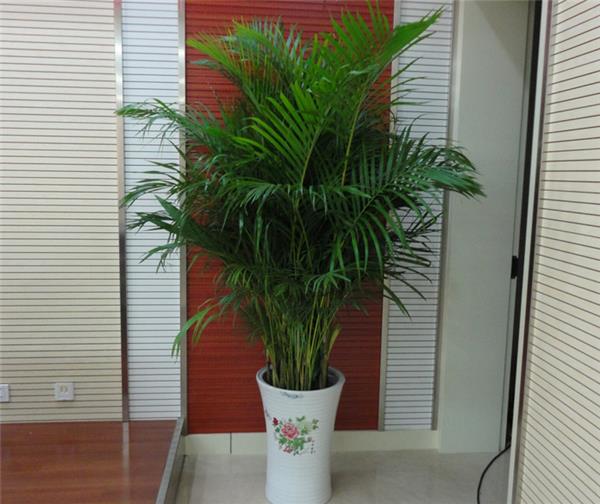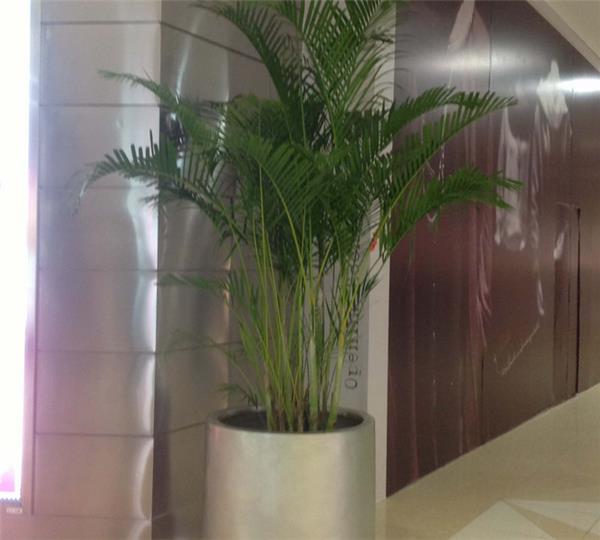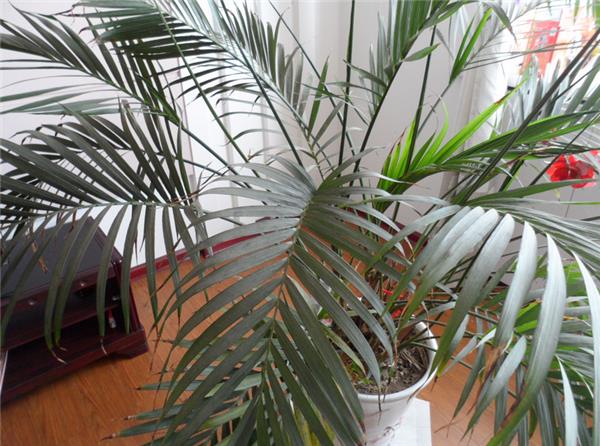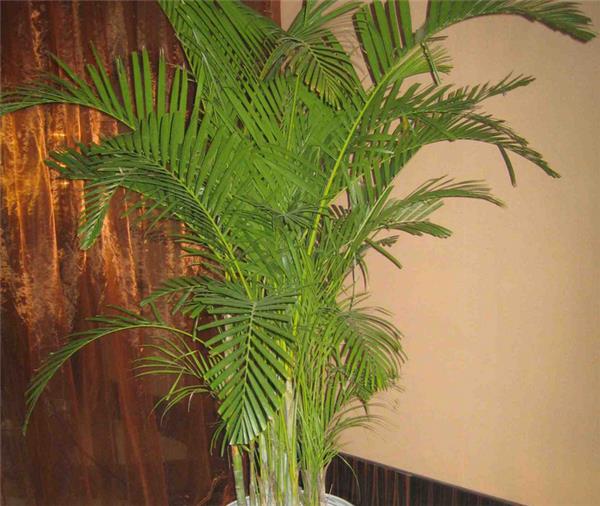The function of sunflower
Did you know that loose-tailed sunflower has other functions besides ornamental function. Let's introduce the function of loose-tailed sunflower in detail below.

The function of sunflower
1. Watch
The loose-tailed sunflower leaves are pinnately lanceolate, the apex is soft, the posture is chic and graceful, and the sex is shady. It can be displayed for a long time in the bright room, and can be placed continuously for 4-6 weeks in the darker environment. It is a popular high-grade ornamental plant with high ornamental value.
2. Home style collocation
Loose-tailed sunflower is the best partner of gorgeous style, it has a beautiful appearance and excellent connotation of enduring shade. In Rococo-style palaces, most of them use sunflower as the chief green plant there. The best combination of American style and French style is the loose-tailed sunflower, which shows a lazy flavor that matches perfectly with the elaborate American and French style decorations.

3. Remove harmful substances
Sunflower is a small palm plant with strong shade tolerance. It can resist harmful gases such as sulfur dioxide, HF and mercury vapor, and has strong ability to absorb chlorine and sulfur. After home decoration, there will be varying degrees of indoor pollution, put some green plants to absorb these pollutants as nutrients, release fresh oxygen. Put loose tail sunflower in the home, can effectively remove benzene, trichloroethylene, formaldehyde and other volatile harmful substances in the air.
4. Improve the air humidity
Loose-tailed sunflower has the function of evaporating water vapor, if you plant a loose-tailed sunflower at home, it can keep the indoor humidity at 40%-60%, especially in winter, when the indoor humidity is low, it can effectively improve indoor humidity.
5. Medicinal use
Loose-tailed sunflower can also be used as medicine, has the effect of convergence and hemostasis, and can be used to treat hemoptysis, metrorrhagia and so on.

Next, let's take a look at the special points for attention in loose-tailed sunflower culture.
1. Humidity management: loose-tailed sunflower likes a humid climate, requiring the relative temperature of the air in the growing environment to be 70-80%. If the air relative humidity is too low, it will dry up the leaf tip.
2, temperature management: because loose-tailed sunflower is native to the tropics and likes high temperature environment, it has strict requirements on winter temperature. When it is lower than 10 ℃, it grows slowly and begins to enter semi-dormant or dormant state; when it is less than 5 ℃, it can not safely survive the winter; in summer, it can be tolerated when the temperature is above 35 ℃, but its growth will be temporarily hindered. The most suitable growth temperature is 18-30 ℃.
3. Light management: loose-tailed sunflower is not strict with light, likes plenty of sunshine and can withstand half-shade, but grows better when there is enough light.
4. Fertilizer and water management: for potted plants, in addition to adding organic fertilizer to potted plants, proper fertilizer and water management should be carried out in the usual maintenance process.
5. Pruning: winter pruning, when the plant enters a dormant or semi-dormant period in winter, the branches such as thin, disease and insect pests, withered and overdense should be cut off.
6. Change the basin: change the basin every 2-3 years in early spring, and the old plant can change the basin every 3-4 years. After changing the basin, it should be placed in a semi-shady place with high air humidity, and the withered and yellow branches and leaves should be cut off in time.

The introduction of the content related to the role of the fate sunflower ends here in a few days. I hope the above content can be explained to everyone!
Related
- Wuhan Hospital Iron Tree Blooming Result Was Instantly Frightened by the Gardener Master
- Which variety of camellia is the most fragrant and best? Which one do you like best?
- What is the small blue coat, the breeding methods and matters needing attention of the succulent plant
- Dormancy time and maintenance management of succulent plants during dormancy
- Minas succulent how to raise, Minas succulent plant pictures
- What are the varieties of winter succulent plants
- How to raise succulent plants in twelve rolls? let's take a look at some experience of breeding twelve rolls.
- Attention should be paid to water control for succulent plants during dormant period (winter and summer)
- Watering experience of twelve rolls of succulent plants
- Techniques for fertilizing succulent plants. An article will let you know how to fertilize succulent plants.



